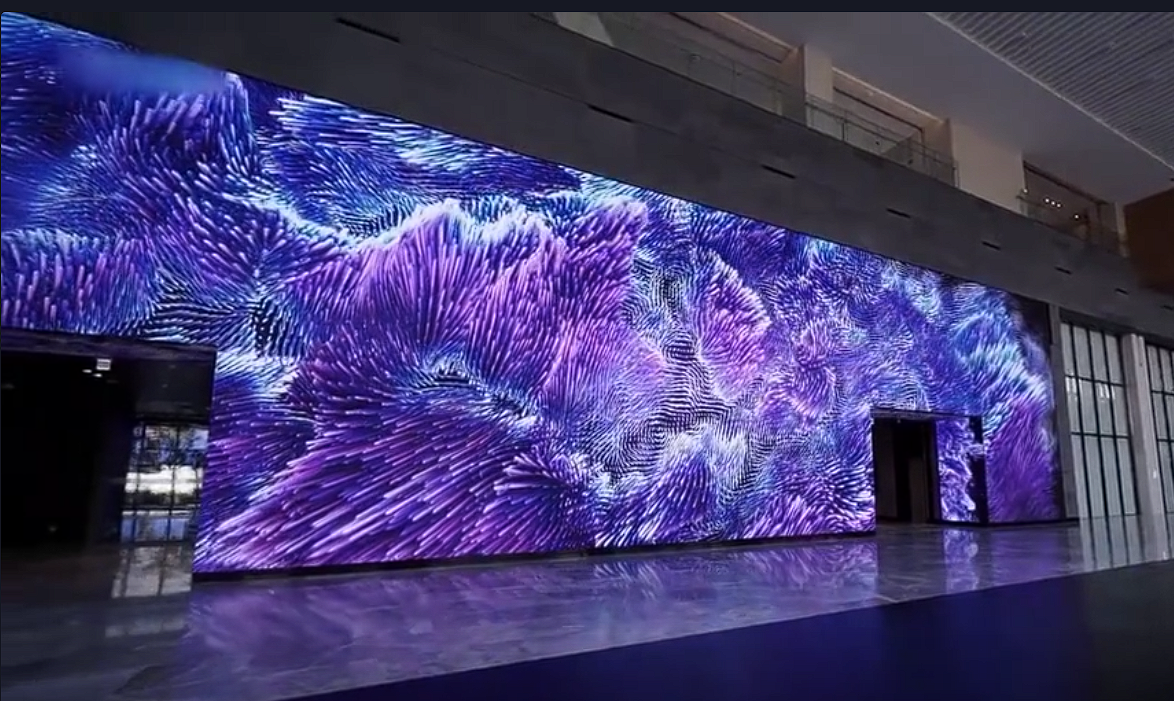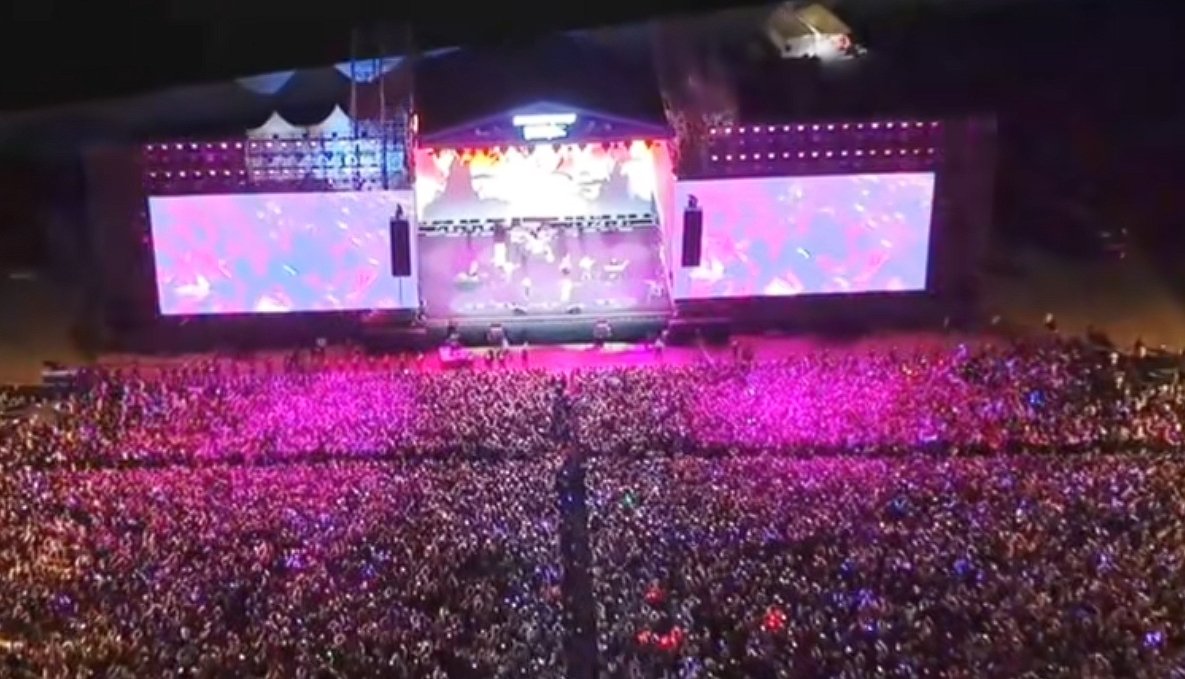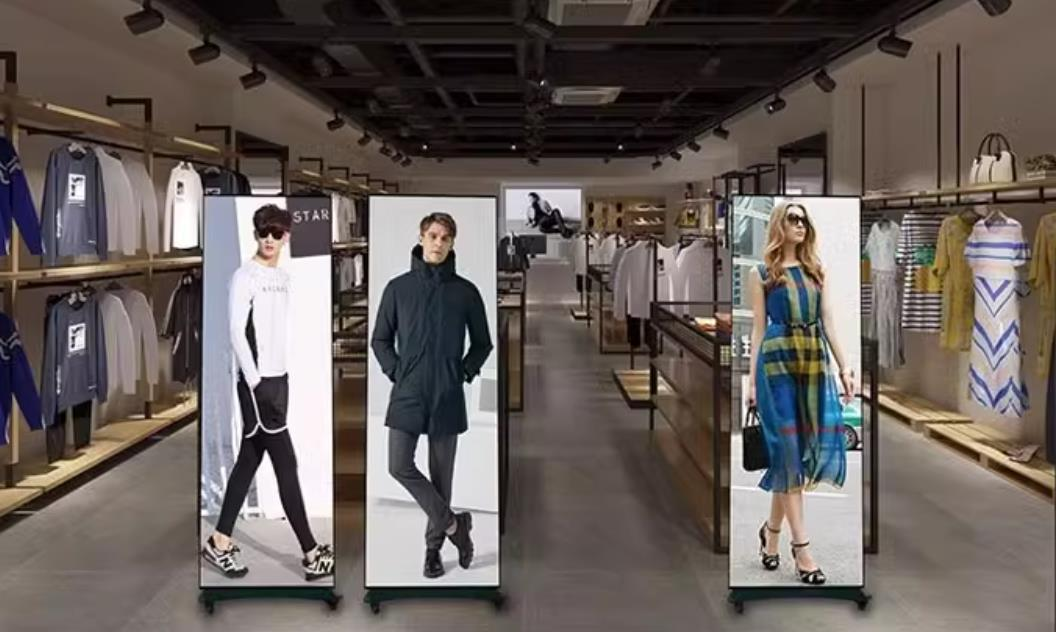The installation methods for LED screens are diverse, requiring careful selection based on application scenarios, environmental conditions, and screen functionality. Different installation methods not only affect the visual impact of the screen but also influence its lifespan and maintenance complexity. Below is a detailed introduction to several common LED screen installation methods:
- Wall-Mounted Installation
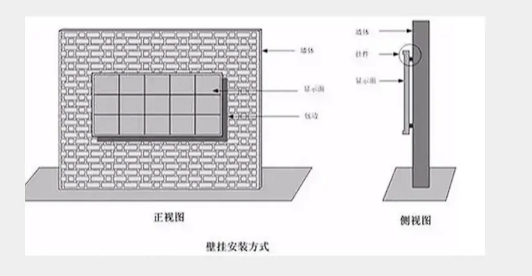
Applicable Scenarios:
- Indoor environments such as conference rooms, shopping malls, subway stations, and schools.
- Suitable for small to medium-sized screens, often lightweight LED displays.
Features:
- The screen is directly fixed to the wall using screws or brackets.
- Suitable for flat walls with strong load-bearing capacity.
Advantages:
- Space-saving and easy to install.
- The screen fits closely to the wall, creating a seamless appearance.
Considerations:
- Ensure the wall has sufficient load-bearing capacity.
- Leave adequate space for heat dissipation to prevent screen damage due to poor ventilation.

- Ceiling-Mounted Installation

Applicable Scenarios:
- Large spaces like conference halls, shopping mall atriums, airports, and stations.
- Ideal for areas requiring suspended screens with multi-directional viewing angles.
Features:
- The screen is suspended from the ceiling using steel cables, rods, or brackets.
- Typically paired with lightweight screen modules.
Advantages:
- Minimizes space usage and is suitable for open spaces without wall support.
- The display height can be adjusted as needed, offering wide visibility.
Considerations:
- Carefully check the load-bearing capacity of the ceiling or suspension structure.
- Ensure the bottom of the screen is protected to prevent falling risks.
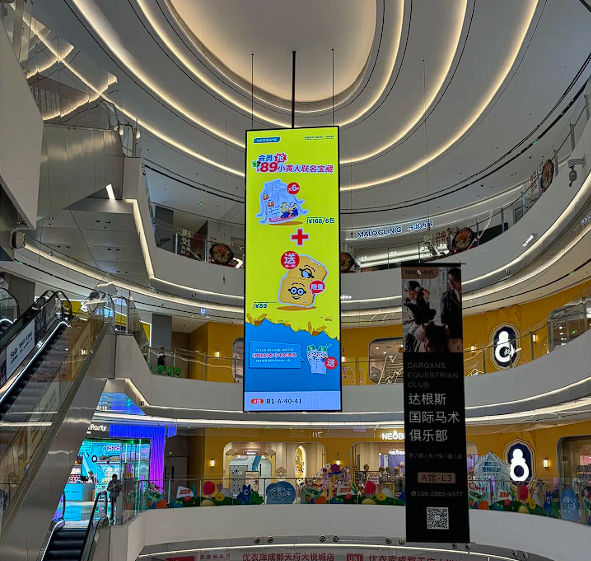
- Column-Mounted Installation

Applicable Scenarios:
- Outdoor billboards, large plazas, traffic intersections, and stadiums.
Features:
- The screen is fixed onto steel columns, with the column height designed based on the scene’s requirements.
- Single-column or double-column installation can be chosen based on screen size and weight.
Advantages:
- Suitable for outdoor areas without wall support.
- Unobstructed viewing for enhanced display prominence.
Considerations:
- Requires foundation engineering to ensure column stability and resistance to wind and earthquakes.
- Adjust the screen’s height based on the audience’s viewing distance.
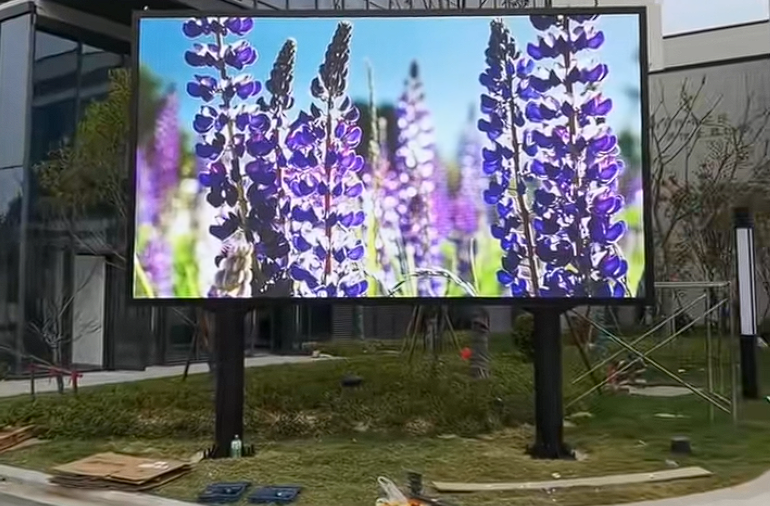
- Embedded Installation
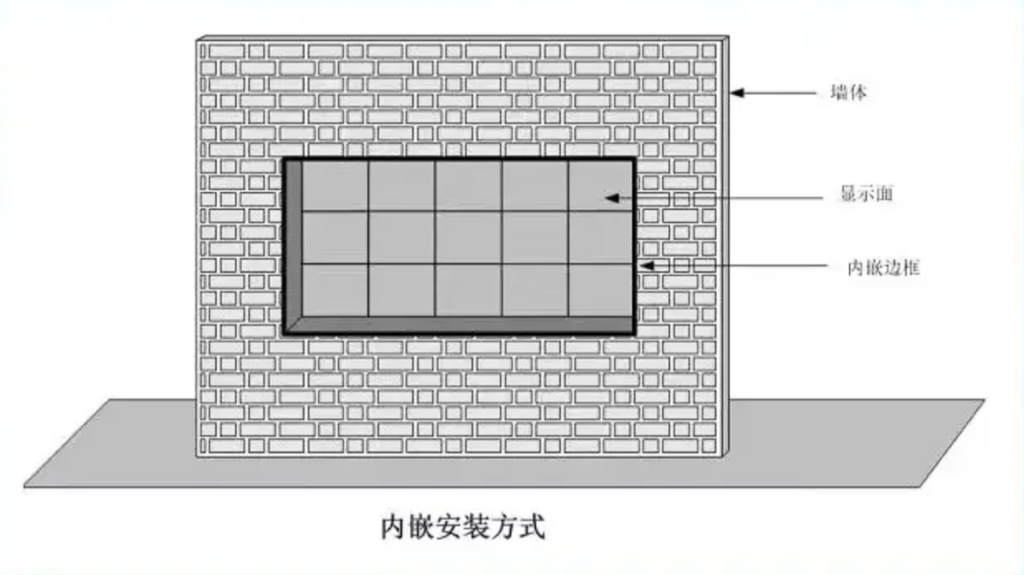
Applicable Scenarios:
- Indoor locations such as shopping malls, exhibition halls, subway stations, and conference rooms.
Features:
- The LED screen is embedded into a wall or custom frame, keeping its surface flush with the wall.
- Commonly used for integrated visual designs.
Advantages:
- Smooth visual effects with a sleek, integrated appearance.
- Space-saving, ideal for environments with high aesthetic requirements.
Considerations:
- The wall must have pre-reserved openings and sufficient internal space for heat dissipation.
- Post-installation maintenance or module replacement may be more challenging.
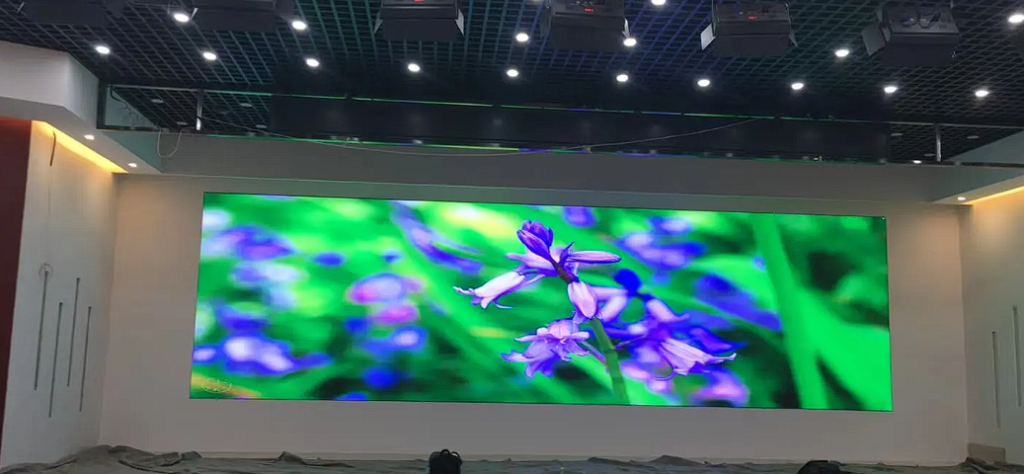
- Mobile Installation
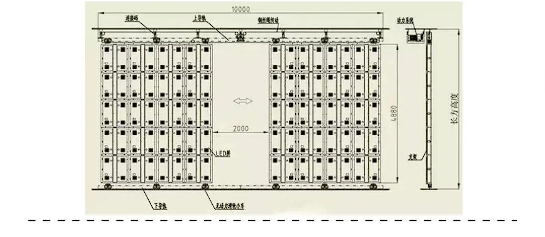
Applicable Scenarios:
- Temporary events, exhibitions, stage performances, and live broadcasts.
Features:
- Screen modules are installed on movable brackets or bases for quick assembly and disassembly.
- Brackets are often equipped with wheels for easy transportation between locations.
Advantages:
- Highly flexible, allowing repositioning as needed.
- Ideal for short-term events or multi-location use.
Considerations:
- Use stable brackets to prevent wheel slippage or screen tilting.
- Ensure wind resistance and secure fixing for outdoor use.
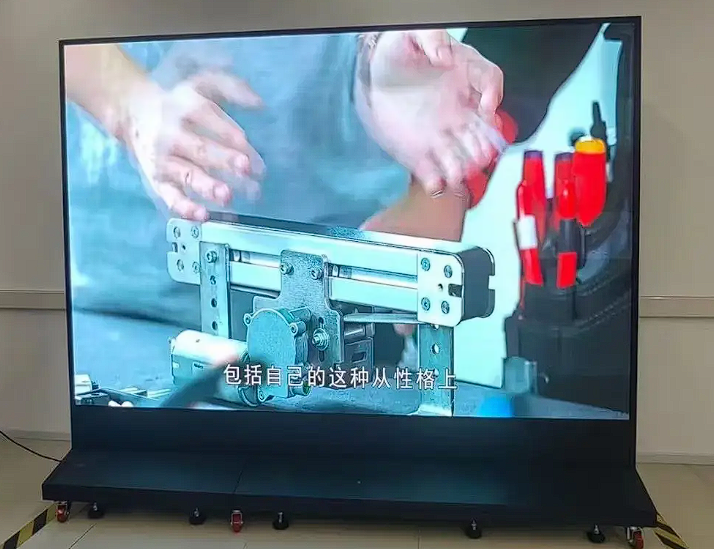
- Floor Installation
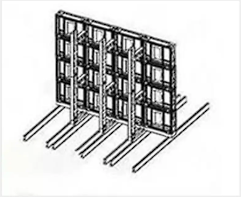
Applicable Scenarios:
- Stage performances, exhibitions, and interactive entertainment zones.
Features:
- The LED screen is directly installed on the floor with reinforced frames for support.
- The screen surface must be slip-resistant, pressure-resistant, and waterproof.
Advantages:
- Creates unique interactive display effects to capture audience attention.
- Widely used for immersive experiences or special effects.
Considerations:
- Use specially reinforced designs to withstand foot traffic and external impact.
- Regularly clean the screen surface to prevent dust and stains from affecting display quality.


Conclusion
The installation method for LED screens varies according to scenarios and requirements, with each offering distinct advantages and considerations. When selecting the most suitable installation method, factors like screen size, environmental conditions, display effects, and ease of maintenance must be considered comprehensively.
Regardless of the chosen method, professional design and construction teams are essential to ensure safe and reliable installation while maximizing screen performance. A well-planned installation method is the foundation for efficient and long-lasting LED screen operation, delivering an outstanding display experience!

